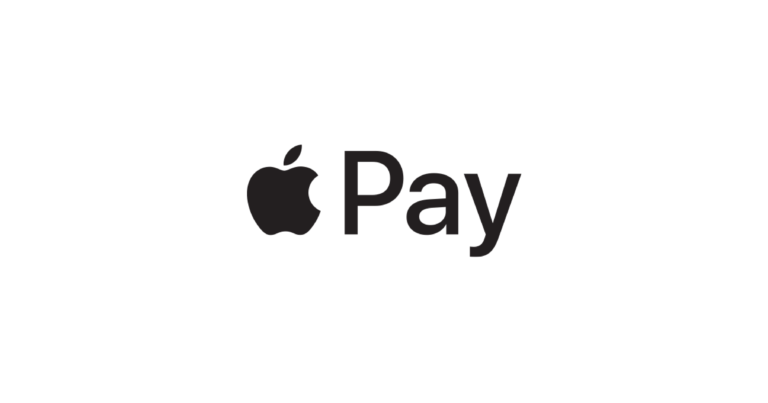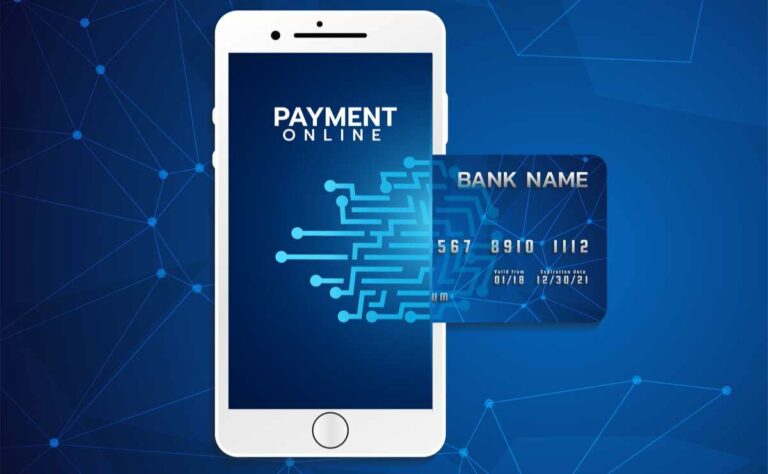10 Best Apple Pay Alternatives in 2025
Are you searching for an alternative to Apple's primary payment app? This article highlights the best Apple Pay alternatives.

Cash usage is gradually becoming extinct; coupled with health concerns preventing people from touching credit card readers, mobile payment apps have become increasingly popular. These apps allow users to pay for products and services from the comfort of their homes and at stores.
There are countless mobile payment apps available; however, Apple Pay is one of the most popular. Apple Pay is a mobile payment and digital wallet service offered by Apple Inc., allowing users to make payments in person, IOS apps, and online stores.
It is supported on most iOS devices like iPad, iPhone, Apple Watch, and Mac; it is not supported on any device Apple does not manufacture. However, like most things, Apple Pay has a few issues like it only works on Apple devices, setup is more complex than competitors, etc.
These few cons have got users constantly searching for an alternative to the popular payment service – Apple Pay. If you’re searching for an alternative to Apple Pay, this article highlights the ten best alternatives to the platform.
Bests Apple Pay Alternatives
Here are the best alternatives to Apple Pay.
1. Paypal
Paypal is one of the most popular mobile payment options available today. The app boasts over 400 million users worldwide and is the most downloaded payment app on Playstore. The platform provides users with tons of excellent payment benefits.
With Paypal, users don’t have to carry cards around as the platform provides users with Touch-free payments allowing you to pay for virtually anything with just your smartphone. Users can make payments at millions of supported brands like Hulu, Spotify, green hub, etc.
Paypal introduced a new way to pay called “Check out with Crypto,” which allows users to spend crypto at countless online stores depending on your country’s exchange rate. The platform also provides users with a credit service to buy now and split the payments into four interest-free installments.
2. Google Pay
Google Pay, formerly called Android Pay, is another excellent alternative to Apple Pay. Google developed the service to facilitate contactless payments on smartphones. Like Apple Pay, users can make payments with Android phones, tablets, and watches. Google allows iOS users from the United States and India to access the service with limited functionality.
It replaces credit or debit cards at POS terminals by allowing users to upload their payment information in their Google Pay wallets. Google Pay is very popular, boasting over 227 million users worldwide. Users can take snapshots of their cards to ease entering payment source info.
Google allows users to fund their Google Pay accounts through Paypal. The interface is very easy-to-use; all you need to do is unlock your phone to verify your purchase. You don’t even need to open the app to confirm payments. Users can access Google Pay via mobile and on some very pricey smartwatches from Louis Vuitton, Tag Heuer, and more.
3. Samsung Pay
Samsung Pay is one of the most innovative payment apps available today that readily competes with popular apps like Apple and Google Pay. It was one of the first payment apps to introduce a customer rewards program and the first app that lets you pay at non-NFC magnetic credit card terminals.
The app is supported on most recent Samsung phones dating back to the Galaxy S6 and also functions on a Samsung Watch. The app has a built-in security feature on a Samsung watch that requires you to enter your pin once you take off the watch to verify that someone didn’t just grab your watch and start buying all kinds of stuff.
Users also enjoy employee pricing with this app providing you with 30% off on all major Samsung products. Whenever you pay with this app, you earn 5 Samsung reward points, and for every 2,000 points, you get a free $5 reward card; not much, by the way.
The major downside of Samsung Pay is that it doesn’t support peer-to-peer payments; you can’t use it to pay your friends.
4. Zelle
Zelle is another excellent alternative to Apple Pay. It is a mobile peer-to-peer app that allows users to transfer money directly from one account to another easily. The platform is very easy to use and simplifies payments as you don’t need to know the recipient’s bank account details.
Zelle is free to download and charges no transaction fees, but its recommended you check in with your bank to ensure you’re not getting any additional charges. The app is also very secure as Zelle doesn’t store any of your personal information.
Zelle was created by some top-rated banks; hence, it integrates easily with your bank apps, so you may not even need to download Zelle as a standalone app. Users are free to send payments, receive unlimited cash, and split payments with friends and family.
5. Cash App
Cash App is traditionally known as an investment or trading app, but the platform also functions as a peer-to-peer payment app developed by Square Inc. in 2013. The app is available on iOS and Android devices allowing users to send or receive payments with a few clicks.
Like most payment apps listed here, Cash App doesn’t require users to know the bank details when making a payment; an email address or phone number will do. When users receive payment, it goes to their Cash App account before they can withdraw it to their bank account.
If you don’t want to transfer to your bank account, you can request a Cash App Cash Card that lets you use your Cash App funds to make payments at retail stores and ATMs.
6. Payoneer
Payoneer is a payment service provider allowing users to send and receive payments. It functions a lot like Paypal and is a very popular option for freelancers like Upwork and eCommerce stores like Airbnb.
Payoneer offers users tons of useful features like international payment and currency exchanges supporting transactions in over 150 countries. The service also provides users with tax administration tools, a prepaid debit card that you can use at local ATMs, and an API that simplifies recurring payments.
The mobile app is available on iOS and Android and via a web-based portal.
7. Amazon Pay
Amazon Pay is an online payment service that allows Amazon users to make purchases on eCommerce sites using their Amazon account information. It is supported on popular sites like Shopify, Magento, BigCommerce, etc. The service is designed primarily for online shopping to help streamline the checkout process.
The app supports payments in global currencies and attracts no setup or monthly fees; you pay per transaction. Most functionalities of Amazon Pay are geared towards merchants, but the platform still offers some standard functionality for customers.
For example, customers can place and track orders through Alexa voice integration. They can easily check out at online stores using the Amazon Pay button, which automatically fills in all their payment information.
8. Venmo
Venmo is a peer-to-peer payment app that allows users to send and receive payments directly between individuals. The app is pretty intuitive; once you install and link your credit and debit cards, you can start making payments instantly. Like CashApp, payments made through Venmo remain in the app before they’re transferred to the customer’s bank.
Transactions between two Venmo users are usually very swift. However, the process gets complicated when it involves external banks. If you fund your Venmo account through your bank, it can take three to five business days to reflect and vice versa.
However, if you wish to complete the transaction swiftly, Venmo offers an instant transfer option that attracts a 1.5% fee and can take up to 30 minutes to complete the transaction.
9. Stripe
Stripe is one of the most affordable and customizable payment alternatives. It is an online credit card processor used mainly for operating various kinds of online businesses and is a perfect option for folks looking for a wide range of payment methods with no setup or monthly fee.
Stripe integrates seamlessly with different payment methods from credit card networks like Visa and American Express to digital wallets like Google Pay, Alipay, Apple Pay, etc. The app is excellent for online businesses but is not very effective for businesses that rely heavily on in-person payments.
Businesses can utilize Stripe’s robust API integration tools that allow developers to build fully customized payment gateways in their online stores.
10. Privacy.com
Privacy.com is one of the most secure payment apps available. It allows users to create custom virtual credit cards for one-time payments or subscriptions directly from their browser. It’s perfect for folks that don’t wish to constantly dish out their payment information on every website they check out.
Users can set spending limits and close any cards anytime they want. The platform is very easy to use and even offers a browser extension to fill in all their payment information in just one click. The spending limit feature is handy if you want to cut down your spending.
Once a spending limit is set, if the transaction exceeds that limit, it automatically declines even though you’ve got money in your bank. In addition to the spending limit feature, you can also track how much you spend from your dashboard to monitor your account easily.
Conclusion
Apple Pay is an excellent app; it has tons of great features and benefits, but it still has a few shortcomings. Luckily, this article has listed ten of the best alternatives to Apple Pay. All these apps are available for both Android and iOS devices.





